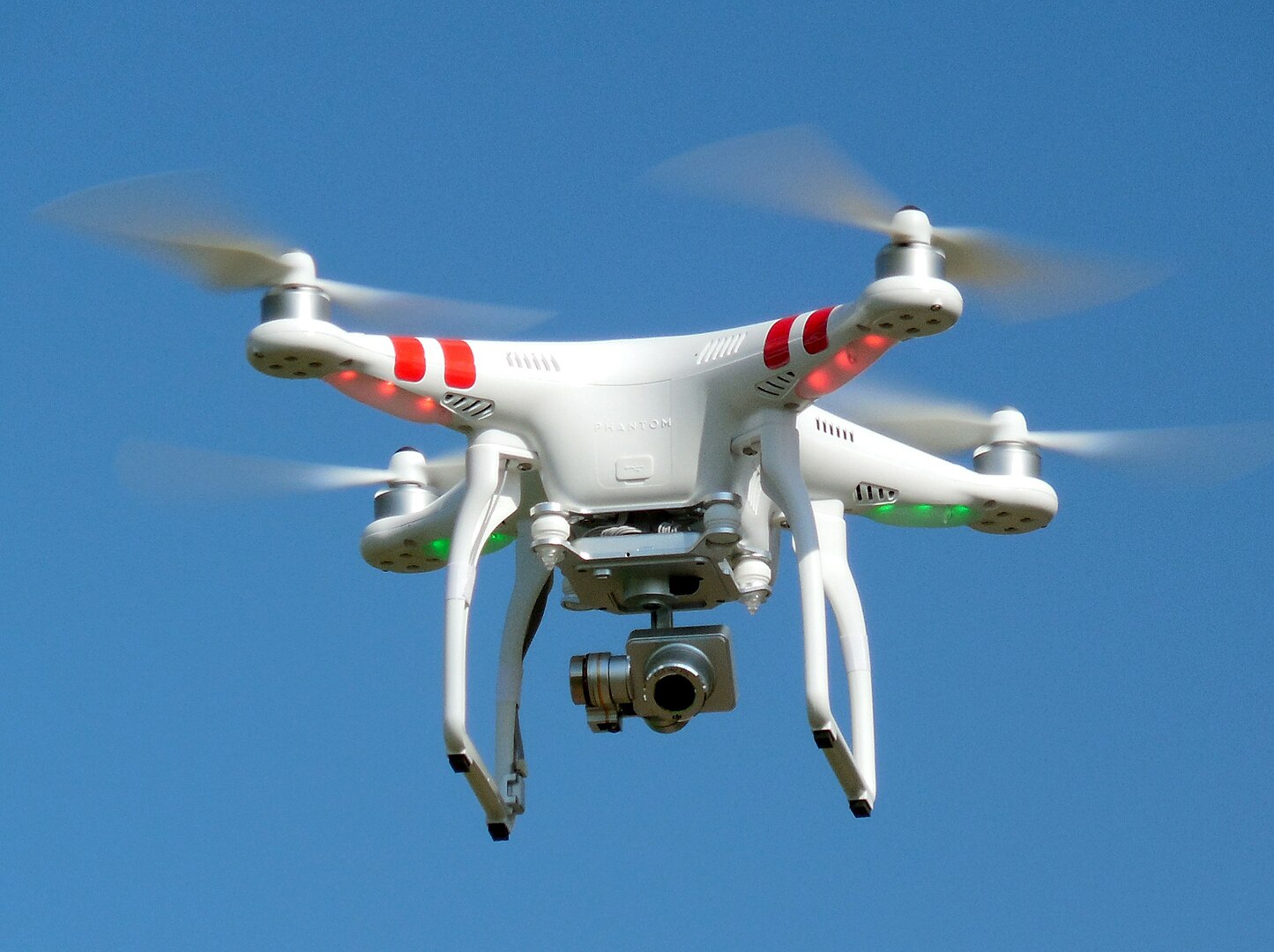 BBC News
BBC NewsBorrowing was £17.4bn last month, the second highest October figure since monthly records began in 1993.

Finito World
It begins, as many things in London do, with a 999 call. But now, instead of sirens or boots on the ground, the first responder might be something quieter, colder and just above your head: a drone, launched remotely from a rooftop box in Islington.
In what may seem like science fiction turned fact, the Metropolitan Police is trialling the use of remotely deployed drones to support emergency responses — promising quicker intelligence, faster location of suspects and missing persons, and the ability to stream footage directly to officers on the ground.
The force says it’s more efficient, more eco-friendly, and significantly cheaper than helicopters. Civil liberties groups, however, are already raising the alarm. The question is not whether the tech works — it does. The question is whether we’re ready for the implications of what this technology means.
On paper, the benefits are clear. The drones — deployed only in response to emergency calls, according to the Met — can reach a scene within two minutes, stream high-resolution video to officers, and quickly return to a weatherproof rooftop box for charging and storage. Unlike helicopters, drones don’t cost thousands per hour, don’t rattle windows, and don’t need as many people to operate.
This is policing in the age of automation: leaner, cleaner, faster.
In many ways, it mirrors trends across both the public and private sector — where frontline jobs are being quietly reshaped by digital tools. In the NHS, remote diagnostics and AI triage are replacing traditional front-desk roles. In retail, automation has steadily removed the human cashier. In policing, drones may become the eyes before officers arrive — offering situational awareness without putting anyone immediately at risk.
But with that shift comes a deeper set of questions. For officers on the ground, what does it mean to rely on data from above rather than human intelligence gathered in person? What happens to traditional beat policing if drones — not constables — are the first to witness the scene?
The drone as first responder isn’t just a tool — it changes the entire cadence of response. It prioritises surveillance and real-time intel. It also risks reducing a fundamentally human profession into a series of remote operations and digital feeds.
This isn’t necessarily a bad thing. But it does raise the question: what do we lose when the street no longer teaches the police? When the first point of contact is a lens, not a voice?
Assistant Commissioner Laurence Taylor has been at pains to stress this is not about surveillance — it’s about operational response. Drones won’t be circling randomly over Hyde Park, they say, and footage not needed for evidence will be deleted after 28 days.
Still, public unease is understandable. When technology is deployed in opaque ways, trust evaporates quickly. Civil liberties campaigners such as Big Brother Watch have already described the use of drones in public space as “sinister.” And while the drones are only deployed in response to calls — for now — the boundary between evidence collection and passive surveillance can blur rapidly when the infrastructure is already in place.
Just ask any city that installed CCTV “temporarily” before making it permanent.
The Met’s drone rollout is the latest in a global trend. Police departments across the US and parts of Europe are already experimenting with similar systems. In many ways, it reflects a broader transformation in emergency services: a shift from physical presence to digital omnipresence.
Drones don’t replace police officers — but they change how officers interact with the world. They might make response more targeted and evidence collection more robust. But they might also increase the distance — both literal and symbolic — between police and the communities they serve.
The success of this project will hinge not just on technical performance but on public confidence. Londoners are rightly sensitive to anything that feels like unaccountable surveillance. The Met has said decisions to deploy will always be made by officers in the control room, and only when warranted. But history has shown that once tools exist, mission creep often follows.
The challenge now is transparency, clear governance, and communication. If the drones work — if they save lives, catch suspects and find missing people — the public may accept them. But that acceptance must be earned, not assumed.
Technology is rarely good or bad in itself. What matters is who wields it, how it’s governed, and whether its use aligns with the values of the society it serves.
In the meantime, if you hear a buzz overhead after a 999 call — it may not be a helicopter. It might just be the future of policing, arriving two minutes early.